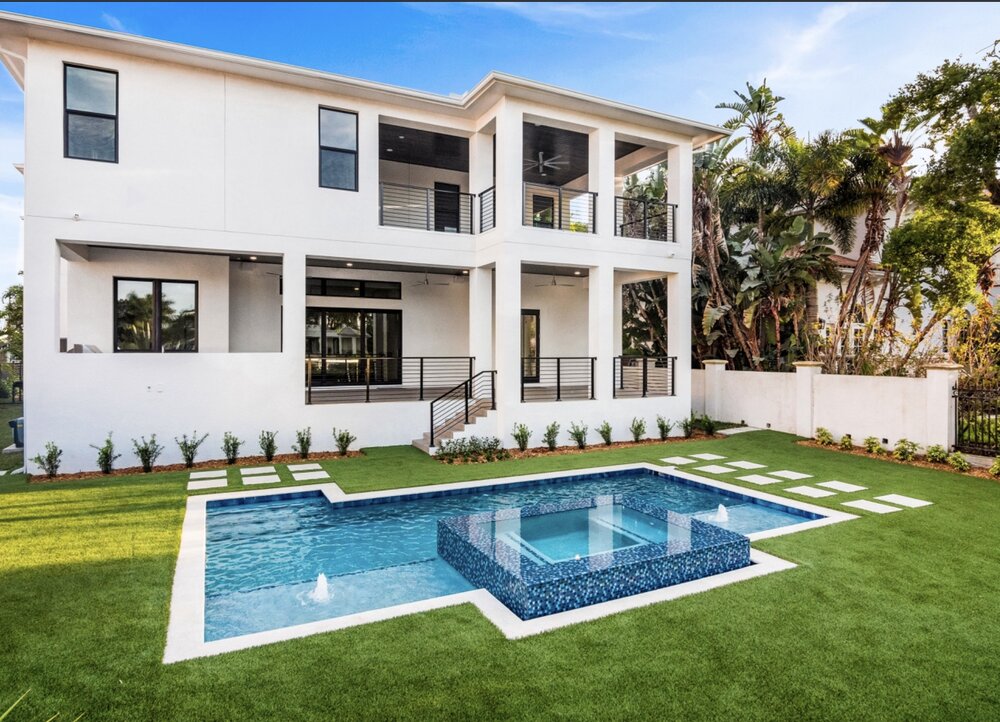Designing a swimming pool for your backyard involves several steps to ensure that the layout is functional, aesthetically pleasing, and aligned with your preferences and needs. Here’s a step-by-step guide to help you layout your swimming pool project
Set Goals and Priorities:
Define your goals for the pool. Are you looking for a place to relax, exercise, entertain guests, or a combination of these? Determine your priorities to guide the design process.
Assess Your Space:
Evaluate the available space in your backyard. Consider factors such as the size and shape of your yard, existing landscaping, sun exposure, and any potential obstacles (trees, utility lines, etc.).
Determine Pool Size and Shape:
Based on your space and goals, decide on the size and shape of the pool. Rectangular, kidney-shaped, freeform, and lap pools are common options. Ensure that the pool size doesn’t overpower your yard and leaves room for other amenities.
Choose Pool Features:
Decide on the features you want for your pool, such as:
Water features (waterfalls, fountains, jets)
Pool lighting
Steps, benches, and entry points
Pool decking (pavers, concrete, tiles)
Pool materials (fiberglass, vinyl, concrete)
Consider Safety and Regulations:
Check local regulations and safety standards for pool construction and fencing requirements. Safety should be a top priority when designing your pool layout.
Plan Landscaping:
Integrate landscaping elements around the pool area to enhance its visual appeal. Consider plants, shrubs, trees, and hardscape features that complement the pool’s design.
Positioning and Orientation:
Place the pool in a way that maximizes sun exposure, minimizes wind impact, and provides privacy. Think about how the pool’s orientation will affect lighting and heating.
Entertainment and Seating Areas:
Designate areas for lounging, outdoor furniture, and entertainment. This could include a poolside patio, deck, or cabana.
Pool Deck and Surroundings:
Plan the layout of the pool deck, which includes the area around the pool where people can walk, sit, and relax. Choose materials that are slip-resistant and comfortable to walk on.
Equipment Placement:
Decide where to place pool equipment, such as pumps, filters, and heaters. These elements should be concealed while remaining accessible for maintenance.
Work with Professionals:
Collaborate with a professional pool designer or landscape architect to bring your vision to life. They can provide insights, suggestions, and technical expertise to ensure your design is functional and meets your local regulations.
Budget Considerations:
Keep your budget in mind throughout the design process. Certain design elements and features may impact costs, so make choices that align with your financial plan.
Review and Revise:
Review the design plan and make any necessary revisions before finalizing the layout. Consider factors like flow, accessibility, and aesthetic harmony.
Obtain Permits:
If required by your local jurisdiction, obtain the necessary permits for pool construction. Ensure that your design meets all legal requirements.
Construction and Installation:
Once your design is finalized and permits are obtained, work with a reputable pool contractor to begin the construction and installation process.
Remember that a well-designed swimming pool layout should not only enhance the beauty of your backyard but also create a functional and enjoyable space for relaxation and recreation.

